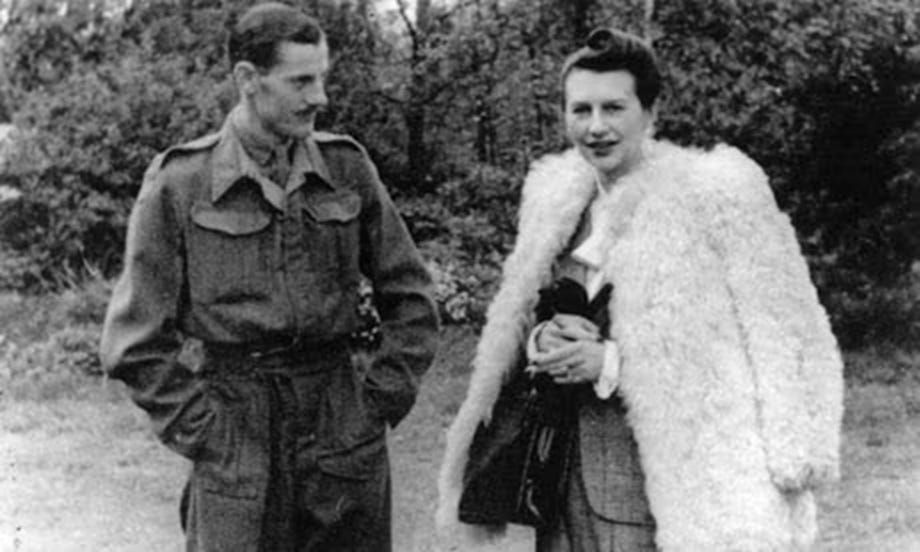Supreme Headquarters Allied Expeditionary Force (SHAEF) was gripped by extreme anxiety as they prepared for Operation Neptune, the code name for the assault phase of Operation Overlord, the invasion of Normandy slated for the first week of June 1944. The diarist for Supreme Allied Commander Dwight Eisenhower remarked on the visible strain: "Ike looks worn and tired. The strain is telling on him. He looks older now than at any time since I have been with him."

In a letter to a general in Washington, Eisenhower himself described the atmosphere as "more electric than ever before" due to the high stakes involved. He emphasized, "we are not merely risking a tactical defeat, we are putting the whole works on one number."
As D-Day approached, the Allied High Command was concerned by the silence and inactivity from the German side. The only Luftwaffe action during the ten days prior to the Normandy invasion were occasional reconnaissance flights over England and few bombing sorties over London.
Conventional wisdom at SHAEF was that Hitler would counterattack the Normandy landings with the full force of the Wehrmacht arsenal in the West on D-Day. However, the nervous tension of Eisenhower and his Overlord planners hit a new high when they received information that Hitler might resort to poison gas or bacteriological weapons to stop the imminent Allied assault in its tracks. Alarmed intelligence officers promptly contacted one of their most productive spies, a clever and beautiful young Peruvian woman codenamed Bronx.
Bronx, a double agent who had been initially recruited by the Abwehr, was now under the control of the British Double-Cross System. Her tale began when she was recruited during a visit to her father who was the Peruvian Charge d’ Affairs in Vichy, France, in 1942. Despite her initial recruitment by the Abwehr, Bronx contacted British officers in Madrid in route to London, and offered her services as a spy.
Under the direction of the British, Bronx began her work, providing carefully concocted information designed to mislead the German High Command. With the Normandy invasion looming, Bronx was tasked with sending a message to her Nazi controller in Hamburg, emphasizing the Allies' purported possession of massive stockpiles of chemical weapons and a germ warfare agent capable of causing widespread epidemic akin to the Bubonic Plague.
Her machinations may have paid off. Despite Hitler's earlier intentions, neither poison gas nor biological weapons were deployed by either side during the war.
The story of Bronx, the spy who warned Hitler, was only one thread in the intricate web of espionage and deception that shaped one of the most monumental moments in history. When the world remembers D-Day and the valor of those who fought, Bronx's role serves as a reminder of the clandestine efforts that played a vital role in the Allied victory.
References
Macintyre, Ben. Double Cross: The True Story of the D-Day Spies. Crown Publishers, 2012.



